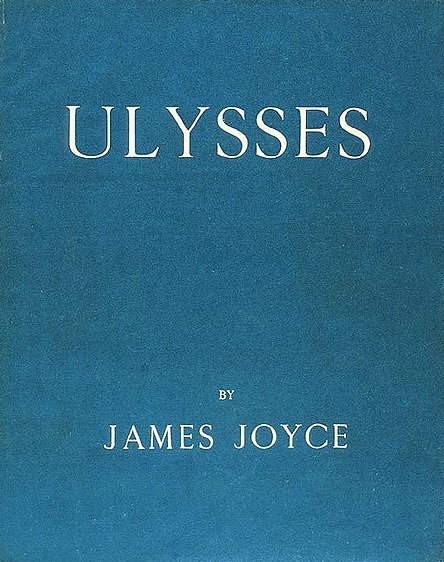THE RULES OF DREAMING: How to Weave Seemingly Different and Unrelated Stories Together Seamlessly by Bruce Hartman
 How to Weave Seemingly Different and Unrelated Stories Together Seamlessly
How to Weave Seemingly Different and Unrelated Stories Together Seamlessly
by Bruce Hartman
Let’s start with the question: What makes two stories seem different and unrelated, and what binds them together?
The main factors in the perception of whether stories are unrelated are:
(1) Time and space
Normally we don’t assume that stories taking place at widely divergent times or places are related, unless there is a direct chain of events linking the two. The recent interest in science fiction and paranormal fiction, however, has made readers more accepting of linkage across wide expanses of time and space, even without any apparent causal connection. Writers often capitalize on a philosophical/religious belief or perception that everything is fundamentally related.
(2) Point of view
The best writing takes account of the various characters’ points of view as a core feature of the story. Each character (and outside of fiction, each human being) has a unique point of view and thus perceives a different “story” when viewing the same events. The best writers know how to exploit the tensions in perceptions as affected by the characters’ distinctive points of view.
Older fiction favored the so-called omniscient narrator with a unitary point of view. Around the beginning of the twentieth century, possibly because of cultural expansion, writers began wanting to see the world from different perspectives at the same time, which we view today as a more realistic way of looking at the world.

ULYSSES by James Joyce
One of the earliest attempts in literature to use a multi-perspectival approach was James Joyce’s Ulysses, which takes place in Dublin on a single day, with numerous characters going about their lives. We see their stories from their shifting points of view and in their various voices. Gradually some of the stories begin to converge. The main character, Leopold Bloom, doesn’t do much. It’s his point of view and interior musings which (along with the interior lives of others characters) form the “plot” of the novel.
CLOUD ATLAS by David Mitchell
In Cloud Atlas, David Mitchell took a bunch of stories which in fact were not related, and which take place in various times and places, including the future, and involve characters who for the most part are never aware of each other’s existence; and by patching them together he keeps us reading because we’re so accustomed to finding order in this kind of chaos we are determined to see a connection between the stories. There’s a drama and interest in waiting for that connection to manifest itself, which (we think) surely it must! Interestingly, there’s no attempt to do this seamlessly: the first story ends in the middle of a sentence, and the next one begins as if the first story never happened. At this point most people are clicking their Kindle buttons or frantically turning the pages to see what’s wrong with their book. Mitchell has established his authorial control over our expectations and even our actions. Later most of the stories are continued in equally autonomous sections and this recapitulation provides all the aesthetic closure we’re going to get.
The point of all this is that the human mind imposes a connectivity to events which they may or may not have – that’s what we call a story. It’s the business of writers to show us the ways this can be done. Today there are seven billion (unreliable) narrators with seven billion stories unfolding around the world. Each of those narrators has his or her own narrative voice and point of view. Their stories are linked by simultaneity but most are linked by much more, because the characters are interacting in their lives, whether they know it or not. The most interesting fiction writing plays off against this clash of autonomous point of view versus the connectedness of everything.
About the Author
Bruce Hartman has been a bookseller, pianist, songwriter and attorney. He lives with his wife in Philadelphia. His previous novel, Perfectly Healthy Man Drops Dead, was published by Salvo Press in 2008.
Contact: Website/Blog
The Rules of Dreaming
 A novel of madness, music — and murder.
A novel of madness, music — and murder.
A beautiful opera singer hangs herself on the eve of her debut at the Met. Seven years later the opera she was rehearsing — Offenbach’s Tales of Hoffmann — begins to take over the lives of her two schizophrenic children, the doctors who treat them and everyone else who crosses their paths, until all are enmeshed in a world of deception and delusion, of madness and ultimately of evil and death. Onto this shadowy stage steps Nicole P., a graduate student who discovers that she too has been assigned a role in the drama. What strange destiny is being worked out in their lives?
Purchase Links: Amazon
Giveaway!
Bruce is giving away a $50 Amazon/BN to one lucky commenter during the tour.
All you have to do to enter is to leave a comment below.
Why not visit the other tour stops? The more you comment, the better you chances of winning the grand prize!
